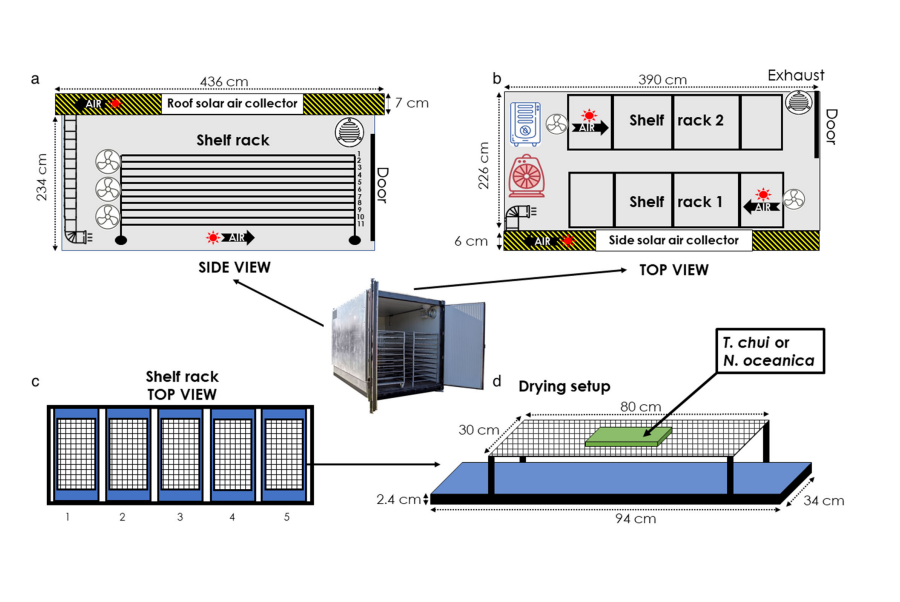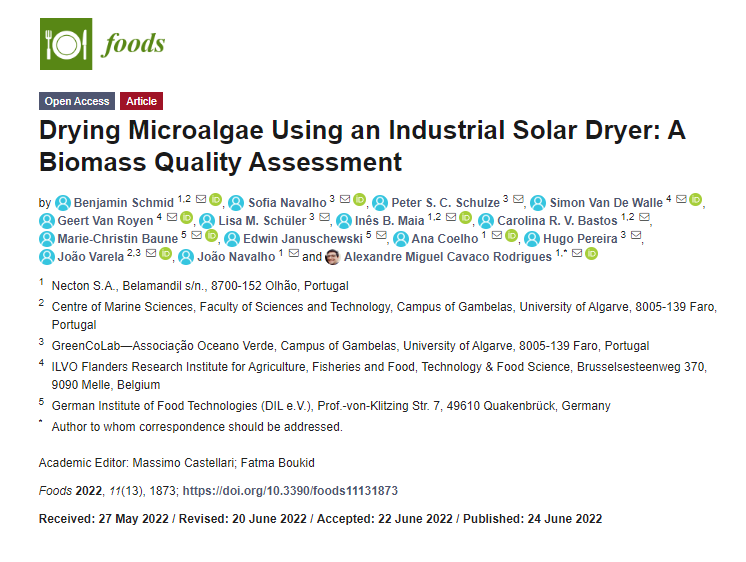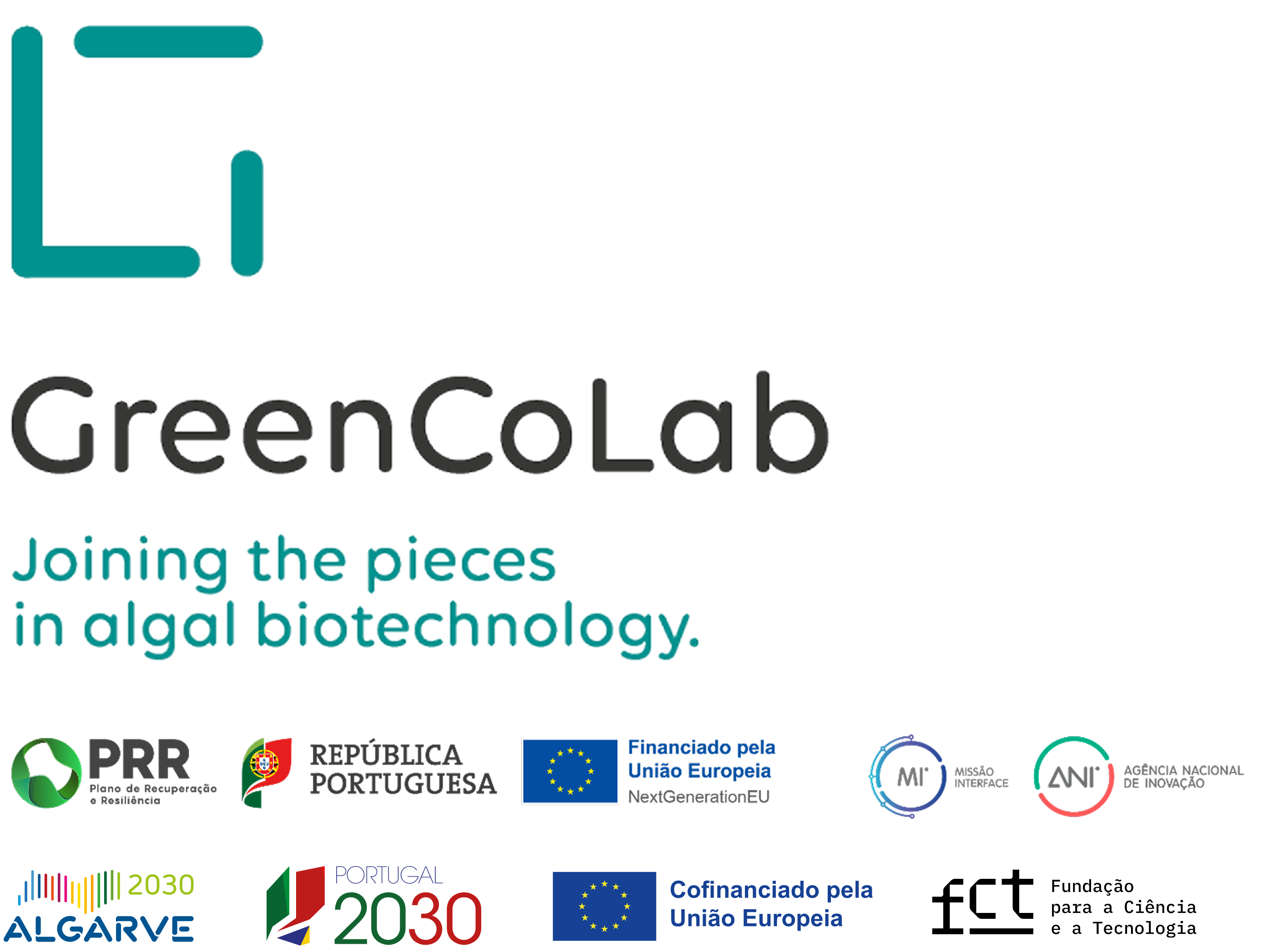

TITLE
Drying Microalgae Using an Industrial Solar Dryer: A Biomass Quality Assessment
JOURNAL
Foods
AUTHORS
Benjamin Schmid, Sofia Navalho, Peter S. C. Schulze, Simon Van De Walle, Geert Van Royen, Lisa M. Schüler, Inês B. Maia, Carolina R. V. Bastos, Marie-Christin Baune, Edwin Januschewski, Ana Coelho, Hugo Pereira, João Varela, João Navalho and Alexandre Miguel Cavaco Rodrigues
ABSTRACT
Microalgae are considered a promising resource of proteins, lipids, carbohydrates, and other functional biomolecules for food and feed markets. Competitive drying solutions are required to meet future demands for high-quality algal biomass while ensuring proper preservation at reduced costs. Since often used drying methods, such as freeze or spray drying, are energy and time consuming, more sustainable processes remain to be developed. This study tested an indirect and hybrid solar dryer as an alternative to conventional freeze drying of industrially produced Tetraselmis chui and Nannochloropsis oceanica wet paste. The effects of the drying method on biomass quality parameters, including biochemical profiles, functional properties, and microbial safety, were assessed. No significant differences were found between the applied drying technologies for total proteins, carbohydrates, lipids, and fatty acid profiles. On the other hand, some pigments showed significant differences, displaying up to 44.5% higher contents in freeze-dried samples. Minor differences were also registered in the mineral profiles (<10%). Analyses of microbial safety and functional properties of the solar-dried biomass appear adequate for food and feed products. In conclusion, industrial solar drying is a sustainable technology with a high potential to preserve high-quality microalgal biomass for various markets at expected lower costs.



